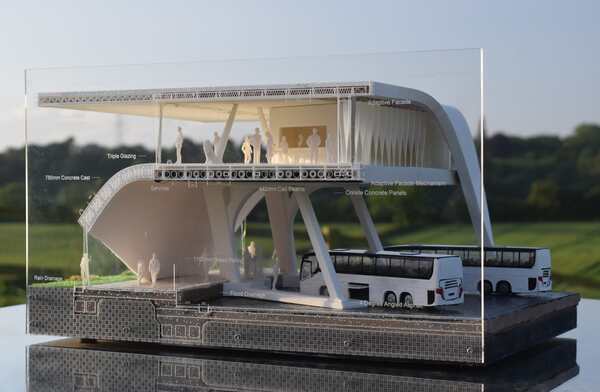Hydrogen Horizons: Cumbria's Clean Commute
My name is Cameron Griffin. I am an enthusiastic designer with a deep passion for computer-aided design (CAD), which I have pursued extensively beyond just architecture. I have expressed my design work in many forms as a hobby, including the design and creation of smart home-linked furniture, which has pushed my skills in electrical engineering, coding, and woodworking.
My journey in design began in 2017 as a hobby. Since then, I have continuously expanded my repertoire by conceptualising and developing a wide range of devices, furniture, and microprocessor-based systems alongside my architectural studies. These projects have allowed me to hone my skills in CAD, digital fabrication, woodworking, metalwork, and other computer-aided design methods. By constantly pushing the boundaries of my abilities, I have gained invaluable insights and practical experience. This journey has also afforded me the opportunity to work with MSA and 3D PrintCity as an Architectural Digital Design Assistant, focusing on additive fabrication of design concepts.
These experiences have been particularly beneficial in my Hydrogen Fueled Future project for BA3 Studio. My proposal aiming to revitalise the town of Cleator Moor in Cumbria by developing a hydrogen-fueled transport hub on the site of the old Cleator Mill, designed to connect Cleator Moor and the surrounding towns to the rest of the UK via a 100% green long-distance transport network of coaches. Hydrogen production would be facilitated by a plant on the soon-to-close Sellafield Nuclear Power Plant site, with energy provided by the excess wind energy from Cumbria's 'energy coast.' The proposed building itself is designed to nestle into the site as a prominent yet naturally shaped and glazed transparent structure, capable of adapting to various purposes over its lifespan due to its open plan and separate structural and thermal envelopes.


